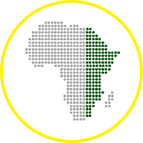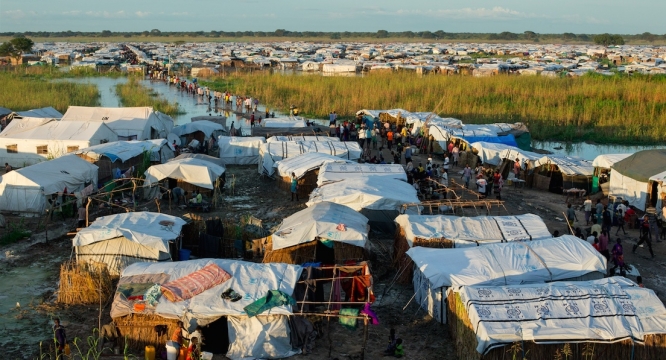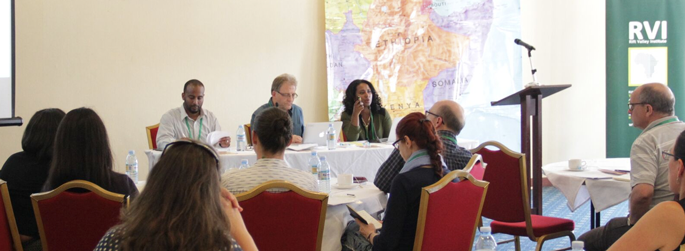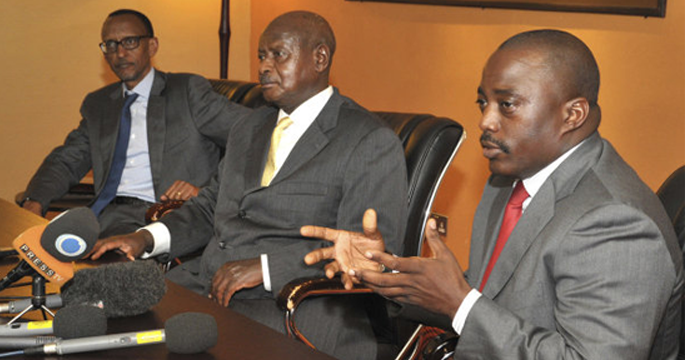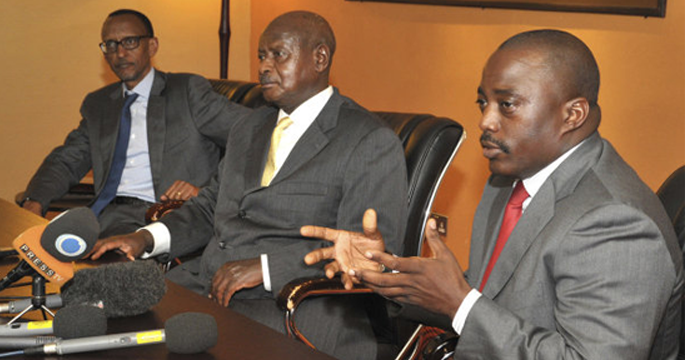We Kissed the Ground is the dramatic first-hand account of a young man’s attempt to migrate to Europe from Somaliland and the hardships of the journey through Ethiopia, Sudan and Libya, a journey attempted by many young Somalis and commonly…
News
SEARCH
NEWS TYPES
REGION
RVI’s ongoing South Sudan Customary Authorities Project is seeking to deepen understanding of the changing role of chiefs and traditional authorities in South Sudan. As part of this project, RVI has trained a team of researcher in oral history…
In May and June, the Rift Valley Institute will hold the 2018 annual field courses in Sagana, Kenya. Now in their fifteenth year, each course examines a different sub-region within eastern and central Africa: Sudan and South Sudan, the Great…
Ce billet a été écrit par Yolande Bouka et Judith Verweijen, les Co-directrices d’études du Stage d’études sur la région des Grands Lacs 2018 qui aura lieu au Kenya du 3 au 8 juin. Yolande et Judith seront rejoints par une équipe d’experts…
This blog post was written by Yolande Bouka and Judith Verweijen, the Co-Directors of Studies for the Rift Valley Institute’s Great Lakes Field Course, which will be taking place in Sagana, Kenya from 3-8 June 2018. Yolande and Judith will be joined…
Recent Publications
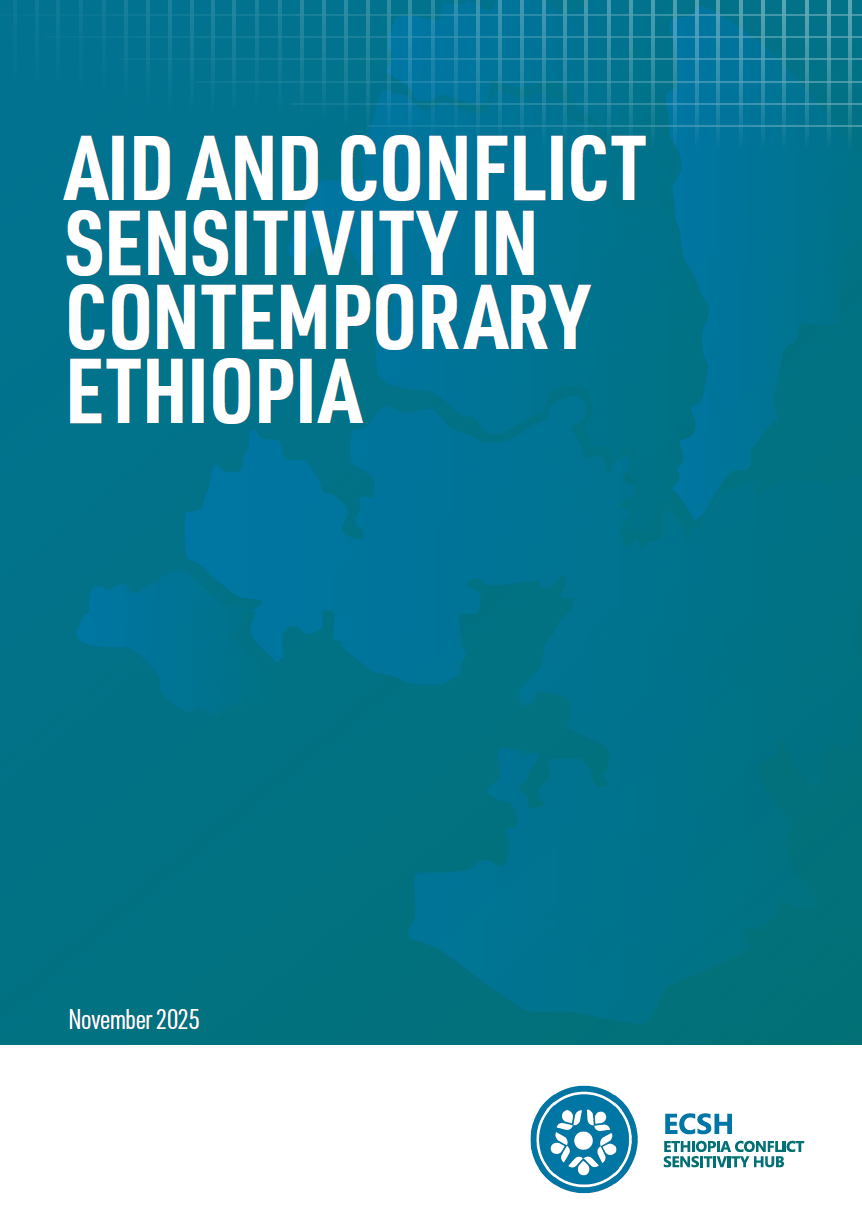
Aid and Conflict Sensitivity in Contemporary Ethiopia
November 17, 2025
This study assesses conflict sensitivity practices among humanitarian, development and peacebuilding (HDP) actors in Ethiopia. It seeks to raise awareness and foster a deeper understanding of the evolving aid landscape in the country while analysing the challenges that affect conflict-sensitive
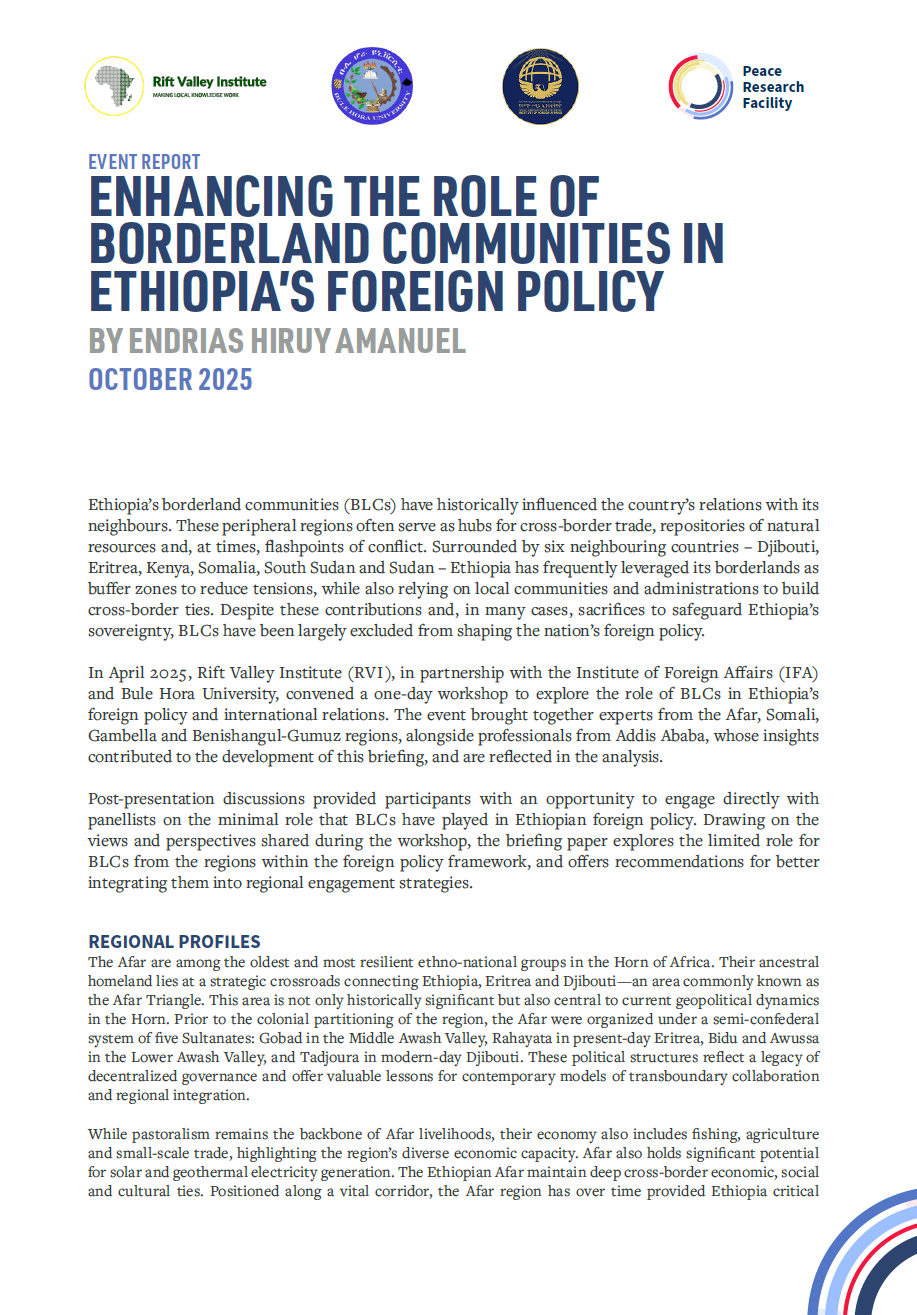
Enhancing the Role of Borderland Communities in Ethiopia’s Foreign Policy
October 15, 2025
Ethiopia’s borderland communities (BLCs) have historically influenced the country’s relations with its neighbours. These peripheral regions often serve as hubs for cross-border trade, repositories of natural resources and, at times, flashpoints of conflict. Surrounded by six neighbouring countries – Djibouti,
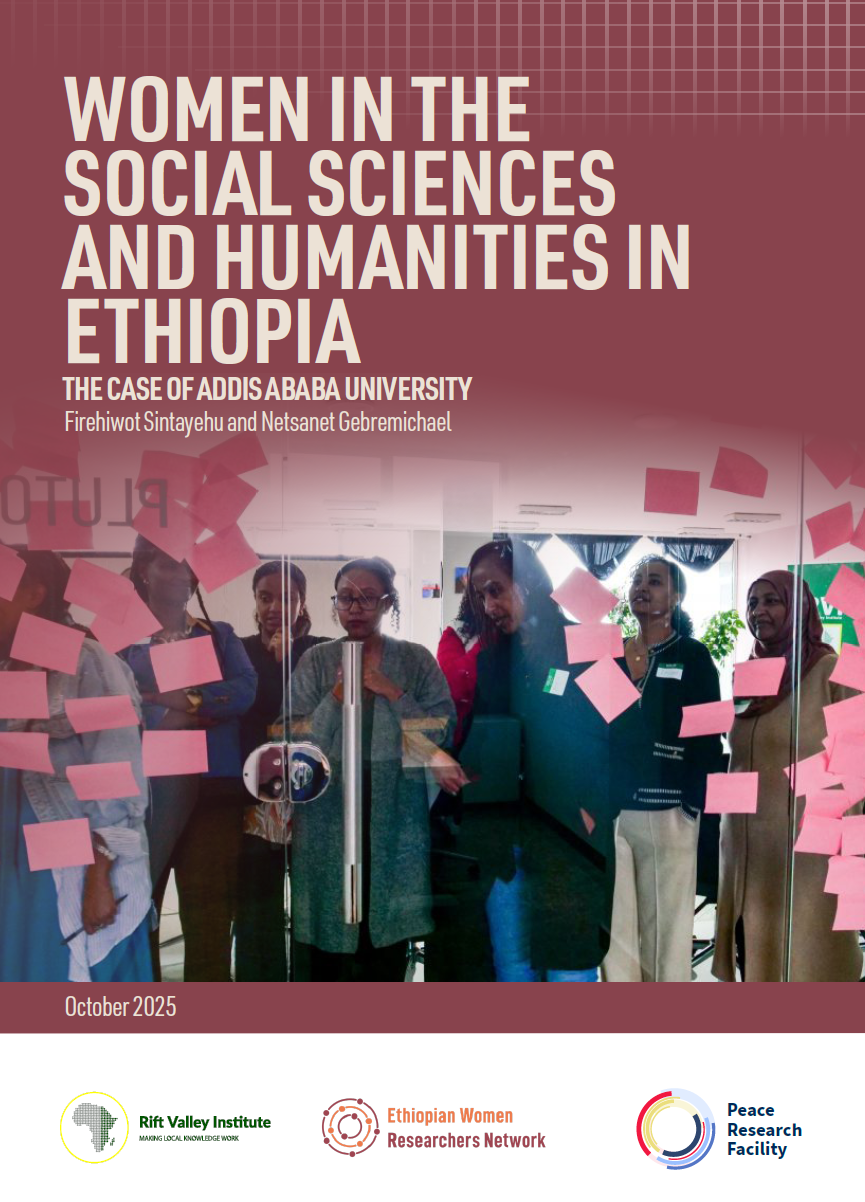
Women in the Social Sciences and Humanities in Ethiopia: The case of Addis Ababa University
October 10, 2025
This preliminary assessment is part of the launch exercise of the Ethiopian Women Researchers’ Network (EWNET). Focusing on Addis Ababa University as a pioneering higher institution in the country, the study looks into the status of women within these disciplines
